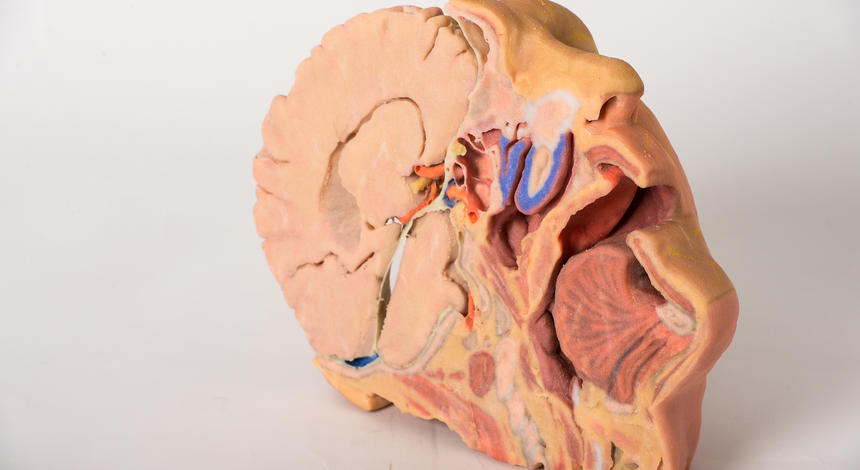A new 3D printed anatomy kit for medical students is now available to ship worldwide. This is certainly one of the more practical and useful ways to use 3D printing.
Melbourne, Australia-based scientists at Monash University developed the kit, which is the first resource of its kind to be commercially available. The team announced this project last year and have been working on it ever since using laser hand-held scanners, CT scans and MRI imaging.
Paul McMenamin, Director of the University’s Centre for Human Anatomy Education explains, “For centuries cadavers bequested to medical schools have been used to teach students about human anatomy, a practice that continues today. However many medical schools report either a shortage of cadavers, or find their handling and storage too expensive as a result of strict regulations governing where cadavers can be dissected.”
The kit contains no human tissue, but rather representative high resolution, color 3D models of limbs, chest, abdomen, head and neck printed using plastic or a plaster like powder. Instead of medical students having to deal with getting on the long waiting list for preserved cadavers or plastinated bodies that cost hundreds of thousands of dollars, they can have anatomically correct models of human body parts within weeks at a fraction of the cost. Some of the models can actually show areas of the body that are impossible to visualize in an embalmed cadaver like the intricate vasculature of the brain with its fine, spidery arteries and veins nestled against the human skull.
McMenamin continues, “we believe our kit will revolutionize learning for medical students by enabling them to look inside the body and see the muscles, tendons, ligaments, and blood vessels. At the moment it can be incredibly hard for students to understand the three-dimensional form of the human anatomy, and we believe this kit will make a huge difference – a sort of 3D textbook if you like.”
Hopefully the kind of 3D textbook so crucial in the training of doctors will branch out to include 3D learning in other fields. McMenamin wholeheartedly believes that the knowledge gleaned from his team’s anatomy kit will not only better medical professionals but also patients as well.
German anatomical model makers, Erler-Zimmer have made the kit available on their online store. We are excited about such a brilliant use of 3D technology and the future of 3D learning.





